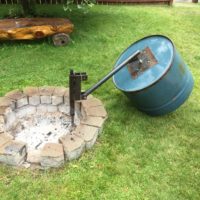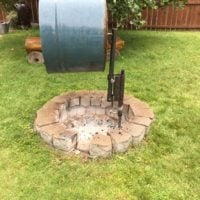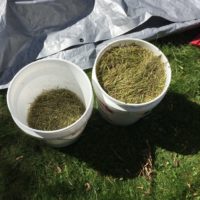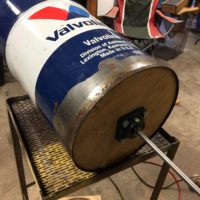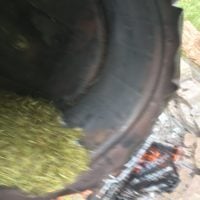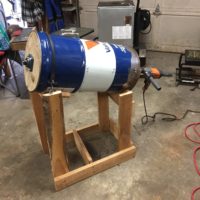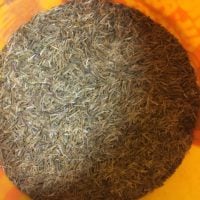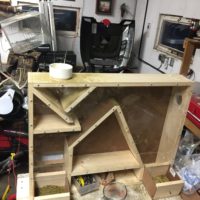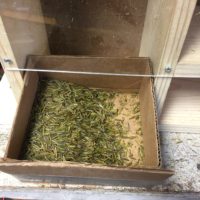For about 12 years, my father and I harvested rice in NE Minnesota. I regret having to hang up my pole, but it just became too time-intensive and our processor retired so processing became hard to find within a reasonable driving distance.
One thing that has not been mentioned is that in MN you must buy a license to harvest rice.
There are also rules as to the season-opening date, and restrictions on when you can harvest during each day of the season. Allowable methods are also very specific. Read rules carefully.
I was thinking I could wade through the rice with chest waders to get my five gallons , you think that’s doable? Thanks .
Keep in mind, there is a ratio of green (unprocessed) rice to finished process rice. A 5 gallon bucket of green rice will net you about 1 good meal of finished rice. That’s it.
The ratio varies but we usually figured between 5 and 8 pounds of green to 1 pound of finished dry rice as I recall. I could be wrong about this, but it is a significant reduction.
We looked at some yesterday but it seemed like lots of the seed pods were empty. I don’t know much about it, maybe that’s normal. The pods that had seeds in them you could squeeze milk out of them, so I’m guessing it’s not ready yet. I am a noob when it comes to this though.
Rice ripens from the bottom of the up. It is not all ripe at once, so for that reason, you have to know where on the head to check for near-harvest ripeness. It is therefore possible (and desirable) to “re-run” the tracks you put through the rice ever few days as the rice ripens further. And obviously, be gentle to the rice stalks when harvesting.
Obviously, it is forbidden to harvest rice before season opens. However one can gain a lot of info by canoeing into a rice bed and letting nature tell you if the rice is ready or not. If you know what I mean. Obviously, the results must be returned to the water.
There is definitely a technique to harvesting rice and it’s a team sport.
As the push-pole guy, I stood in the back of the canoe, but an old native guy let me in on the secret–you reverse the canoe. You stand in what would normally be the “bow” between the seat and the point, and push the canoe “backward”. This allows you to brace your forward leg against the forward seat edge, which GREATLY enhances your balance as the push-pole guy.
And balance is key! Tip the canoe and the rice you spent all that time harvesting, sinks, just FYI! My father retired from ricing after he discovered that that a good push-pole guy are hard to find.
We had a bench dad built to go across the middle of the canoe right at the yoke. Dad would sit on the bench and then use his ricing flails to sweep and shake rice into the canoe in front of him.
As another FYI, the canoe gets more unstable as you gather more rice! Many guys, myself included have learned this the hard way by ricing their way across the beds and then having to get all the way back to the landing with a fully laden canoe that is hundreds of pounds heavier and way less stable than when you started. We almost lost a full load once when the wind came up. Things can get very dodgy and great care must be taken because it’s easy to overload a canoe when ricing.
It is great fun and very rewarding. As I said, I wish I had the time and a fellow team member to get back in the game, but also that my balance is not what it was when I was in my teens or twenties, so I suspect I’d quickly prove why in most teams, it’s the younger guy doing the poling.
Grouse
